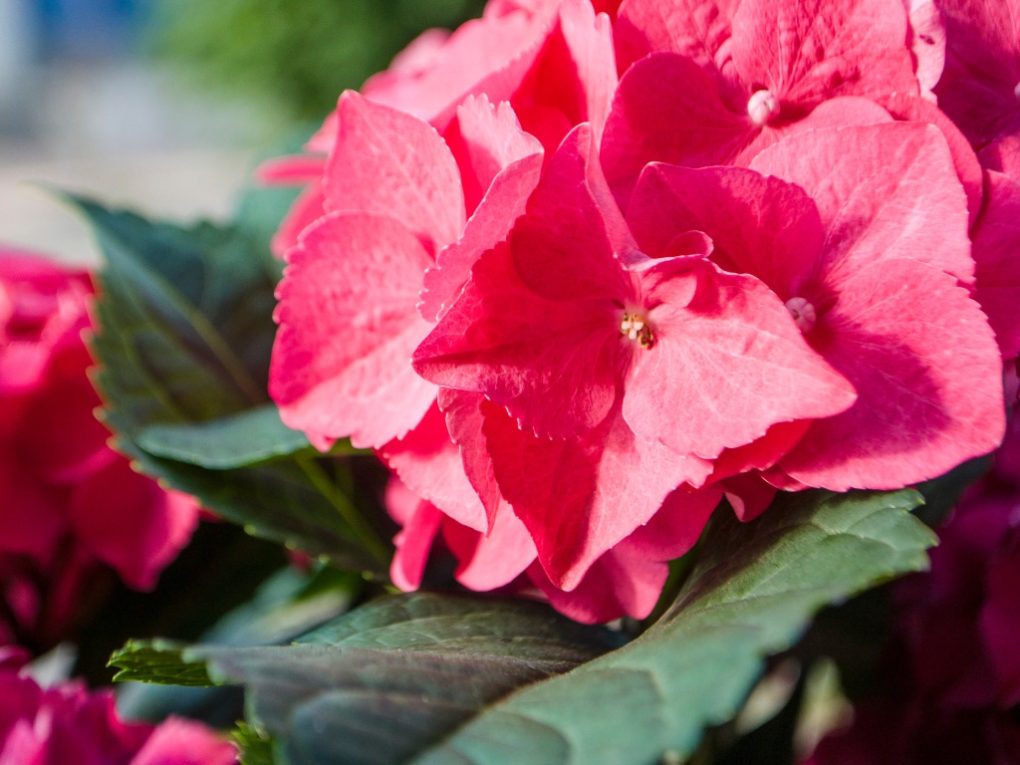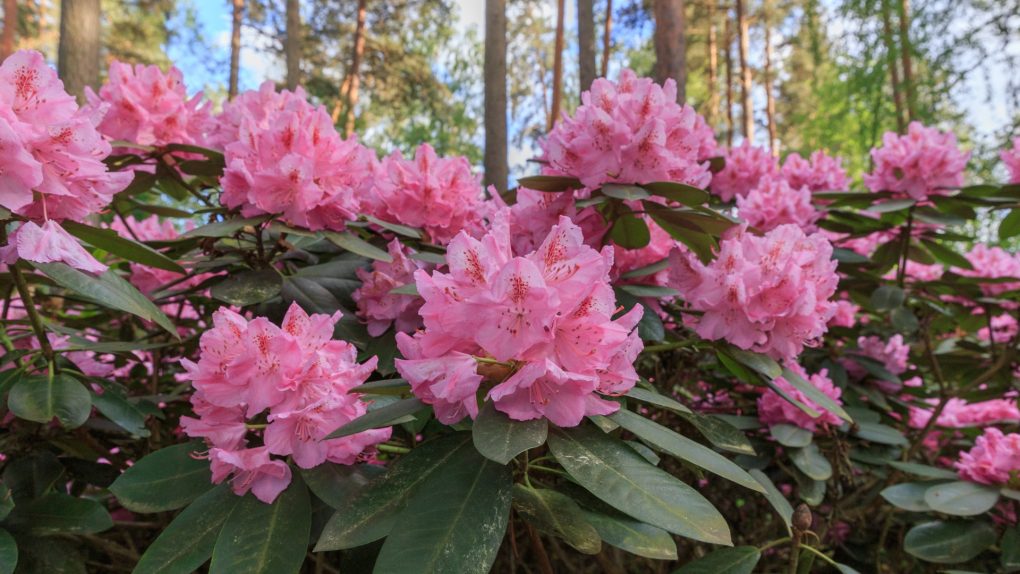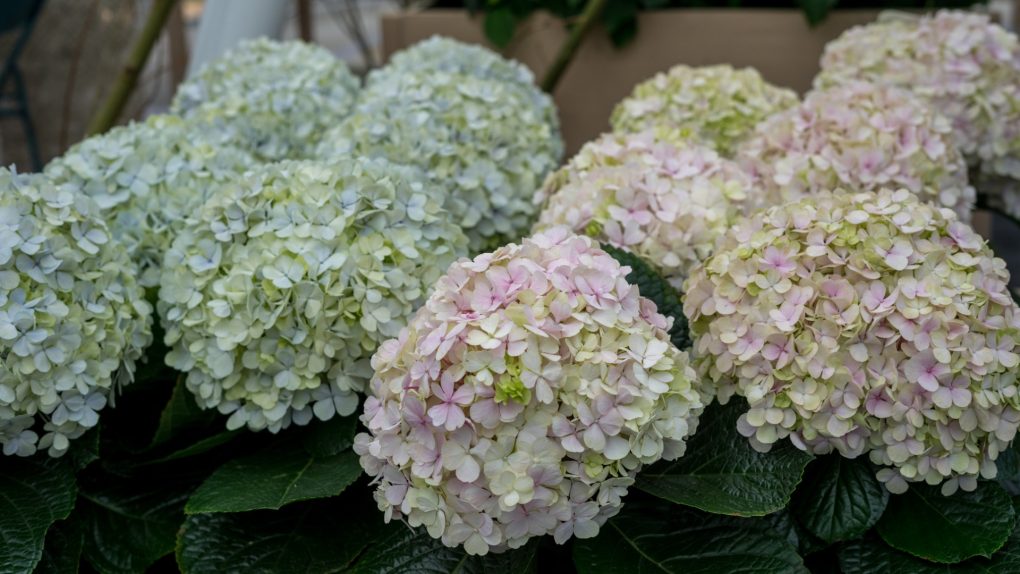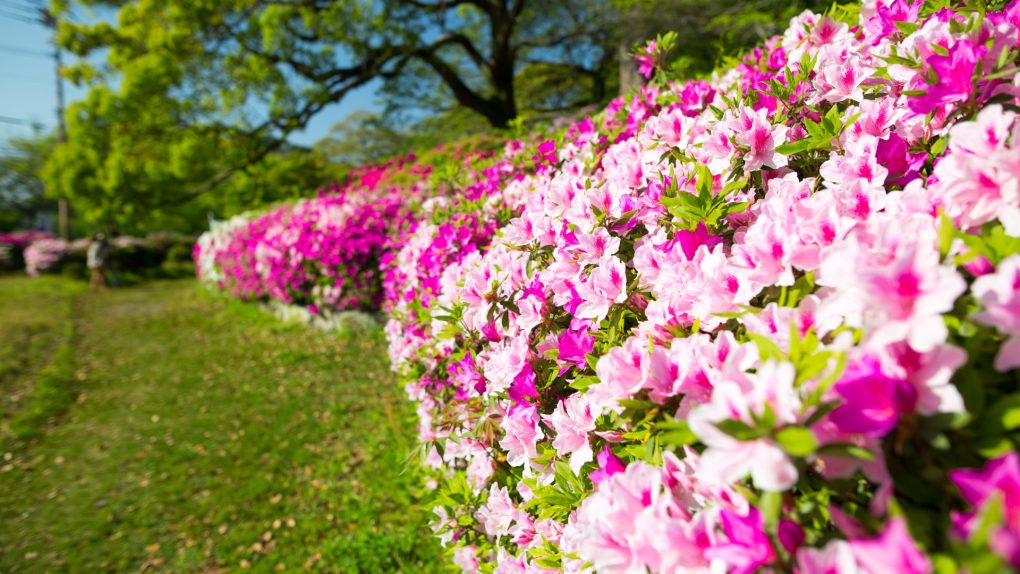Hydrangea vs Azalea: A Comparison of Two Popular Garden Shrubs
Hydrangeas and azaleas are two of the most popular flowering shrubs in the world. They are both known for their beautiful and vibrant blooms, but they have some distinct differences. Knowing these differences is important when deciding which one to plant in your garden.

Hydrangeas are known for their large, showy blooms that come in a variety of colors, including pink, blue, white, and purple. They are also known for their ability to change color based on the pH level of the soil. Hydrangeas prefer partial shade and moist, well-drained soil, and can grow up to 6 feet tall and wide, depending on the variety.
Azaleas, on the other hand, are known for their smaller, more delicate blooms that come in shades of pink, red, white, and purple. They are also known for their glossy green leaves that stay on the plant year-round. Azaleas prefer partial shade and acidic soil, and can grow up to 20 feet tall, but most garden varieties stay between 4 and 6 feet tall.
Table of Contents
Similarities Between Hydrangea and Azalea
Hydrangea and azalea are two popular flowering shrubs that are often compared to each other. While they have some differences, they also share many similarities in terms of their soil requirements, fertilization needs, and pruning techniques.
Soil Requirements
Both hydrangea and azalea prefer acidic soil with a pH between 5.0 and 6.0. They also require well-draining soil that is rich in organic matter. Adding compost or peat moss to the soil can help improve drainage and provide the necessary nutrients for healthy growth.

Fertilization Needs
Both hydrangea and azalea benefit from regular fertilization. They require a balanced fertilizer that contains equal amounts of nitrogen, phosphorus, and potassium. It’s best to fertilize these shrubs in the early spring before new growth appears. Over-fertilization can lead to excessive growth and poor blooming.
It’s important to note that azaleas are more sensitive to fertilizer than hydrangeas. They require a lower concentration of nitrogen and can be easily burned by high levels of fertilizer. Using a slow-release fertilizer can help prevent fertilizer burn and provide nutrients over a longer period.
Pruning Techniques
Both hydrangea and azalea require regular pruning to maintain their shape and promote healthy growth. Pruning should be done in the late winter or early spring before new growth appears. It’s important to remove any dead or diseased branches and to thin out the center of the shrub to promote air circulation.

Hydrangeas bloom on old wood, so it’s important to avoid pruning them too heavily or you may remove the buds that will produce flowers. Azaleas, on the other hand, bloom on new wood, so they can be pruned more heavily without affecting their blooming.
| Feature | Hydrangea | Azalea |
| Blooming Time | Summer | Spring |
| Size | 2-6 feet tall and wide | 2-20 feet tall and wide |
| Soil pH | 5.0-6.0 | 5.0-6.0 |
| Fertilization Needs | Regular fertilization with balanced fertilizer | Lower concentration of nitrogen to prevent burning |
| Pruning Needs | Light pruning to avoid removing flower buds | Can be pruned more heavily without affecting blooming |
Best Uses for Hydrangeas
Hydrangeas are versatile plants that can serve many purposes in a garden. Here are some of the best uses for hydrangeas:

- Accent plant: Hydrangeas are beautiful and eye-catching, making them a great choice for an accent plant in a garden. They can draw attention to a specific area or add color and interest to a space.
- Hedge: Hydrangeas can create a hedge, alone or mixed with other plants, providing privacy and creating a beautiful garden or yard boundary.
- Container plant: Hydrangeas can be grown in containers, making them perfect for small spaces or adding color to a patio or balcony.
- Cut flowers: Hydrangeas make beautiful cut flowers and can be used in bouquets or as a centerpiece, and can also be dried and used in arrangements.
- Mass planting: Hydrangeas can be planted in mass to create a stunning display of color, working well in mixed borders or as a backdrop for other plants.
Overall, hydrangeas are a great choice for adding color and interest to a garden. However, with their versatility and beauty, they can be used in various ways to create a stunning landscape.
Best Uses for Azaleas
Azaleas are popular among gardeners due to their vibrant colors and easy maintenance. Here are some of the best ways to use azaleas in your garden:

- Mass Plantings: Azaleas look stunning when planted in groups, creating a sea of color in your garden. Choose a single color or mix and match for a more varied look.
- Foundation Plantings: Azaleas make great foundation plantings, adding color and texture to the base of your home, plant them in front of evergreen shrubs for a beautiful contrast.
- Accent Plants: Plant a single azalea in a container or as a focal point in your garden to draw attention to its vibrant color.
- Borders and Edges: Use azaleas to create borders and edges in your garden, providing a neat appearance while adding color and texture.
It’s important to note that azaleas prefer well-drained soil and partial shade, making them an ideal choice for woodland gardens. They also require regular watering, especially during hot and dry weather.
When it comes to fertilizing azaleas, it’s best to use an acidifying fertilizer designed specifically for these plants. Avoid fertilizing them at the very beginning of spring, as this can lead to excessive growth and fewer blooms.
Azaleas are also prone to pests and diseases, so it’s important to keep an eye out for any signs of trouble. Common problems include lace bugs, spider mites, and powdery mildew.
Overall, azaleas are a great choice for gardeners looking to add color and texture to their landscape. With proper care and maintenance, these beautiful shrubs will provide years of enjoyment.
